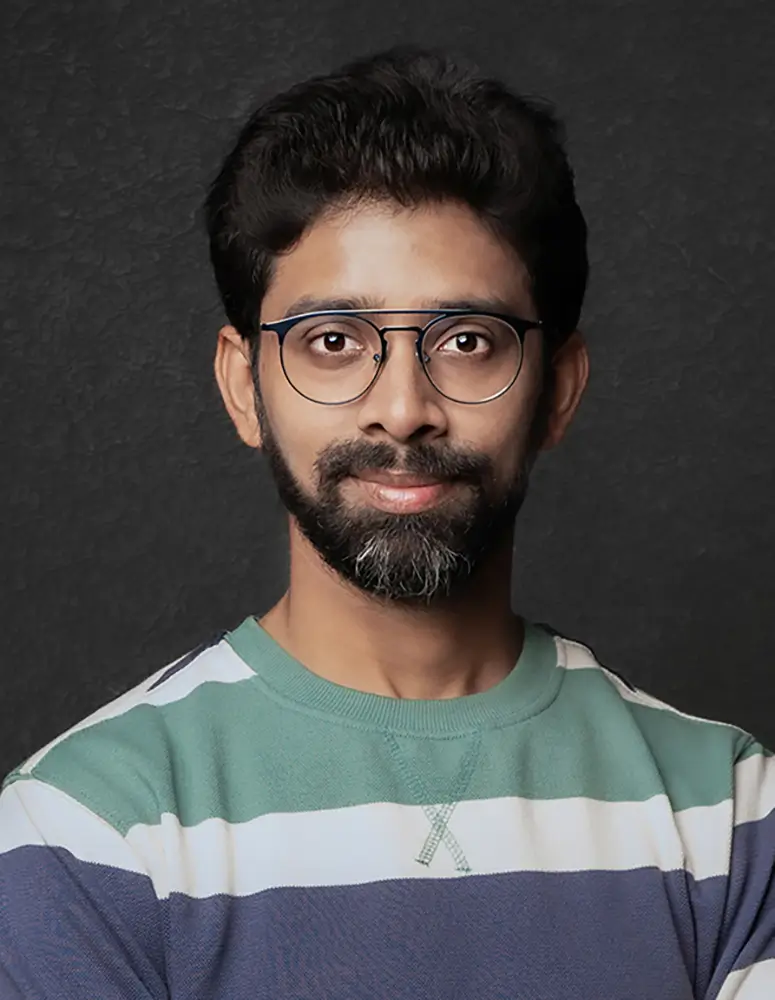Abhishek Basak is a professional freelance photographer specializing in travel, people, and documentary photography. Based in India, he has been dedicated to capturing compelling images and sharing the art of photography for over seven years. His journey in this field has been one of continuous exploration, boundless learning, and an unwavering passion for storytelling through the lens. He has served as a photography teacher at a distinguished school in Kolkata and continues to mentor aspiring photographers in various aspects, including post-processing. He is also a co-mentor for AH Photography Expedition, where he organizes photography tours and workshops to inspire and guide budding talent. He has achieved prestigious distinctions such as EFIP (Excellence FIP) and EFIAP (Excellence FIAP). He has mentored two National Geographic photographers from Poland. He has judged many national and international photography competitions. His photographs have been exhibited in more than 130 countries worldwide. He has been honoured with the Best Photographer Award over 70 times in international competitions held in countries like France, Luxembourg, Serbia, Bulgaria, Belgium, Ukraine, South Africa, Slovenia, Italy, and more. In India, he has received this distinction over 100 times in national competitions, amassing a total of more than 3000 awards across national and international contests. Awards and Honors: · HIPA Finalist in both 2018 and 2023. · First Indian to win the One Eyeland Photography Award 2024. · Winner in 35 Awards 2022. · Winner in Agora Photography Competition. · Winner in Black & White Photo Award. · Winner in World Photography Club Competition. · Winner in FIP Monthly Photography Competition. · Winner in India Photography Summit 2024. · Winner in Photography Club of Assam photo contest. · Winner in NAP Photo contest, Dhanbad Camera Club. · First Indian to win an award from Taichung Photo Award. · Honourable Mention at the KAFF International Contest. · Finalist in the prestigious SIENA International Photo Awards. · Finalist in Urban Photo Awards & Vanguard Photo contest, and many more. · In 2022, he earned 2nd place nationally in the EISA International Photography Competition, a distinguished honour in the field of photography. Publications: · His photographs have been featured in globally acclaimed publications and platforms, including National Geographic, Getty Reportage, The Bangla Live, Chiiz, Asian Photography Magazine, Smart Photography Magazine, Travellers’ World, Viewfinder, The Guardian, and Uttarbanga Sangbad. His work has also been published in major Indian media outlets, including Anandabazar, Eisamay, Bartaman, Anandabahar, Uttarbanga Sangbad, and Outlook Traveller, among others.
Kulasai Dussehra:
Kulasai Dussehra, celebrated in Kulasekarapattinam, Tamil Nadu, is one of South India's most unique and vibrant festivals. Unlike the traditional Dussehra festivities across India, which often center on Lord Rama's victory over Ravana, Kulasai Dussehra is marked by grand processions and intense devotion to Goddess Mutharamman, who is believed to be an incarnation of Durga. Thousands of devotees dress in various forms of gods, goddesses, and mythical figures, bringing alive the region's deep-rooted cultural and religious traditions.This festival showcases one of the diverse ways Dussehra is celebrated. It represents the triumph of good over evil while highlighting local traditions, beliefs, and artistic expressions. My photos of this event, taken in a 24-hour cycle covering start to finish, capture the fervour, colours, and deep spirituality of the festival, making it a cultural experience that deserves wider recognition and appreciation. Understanding Kulasai Dussehra broadens our view of India's rich heritage.
